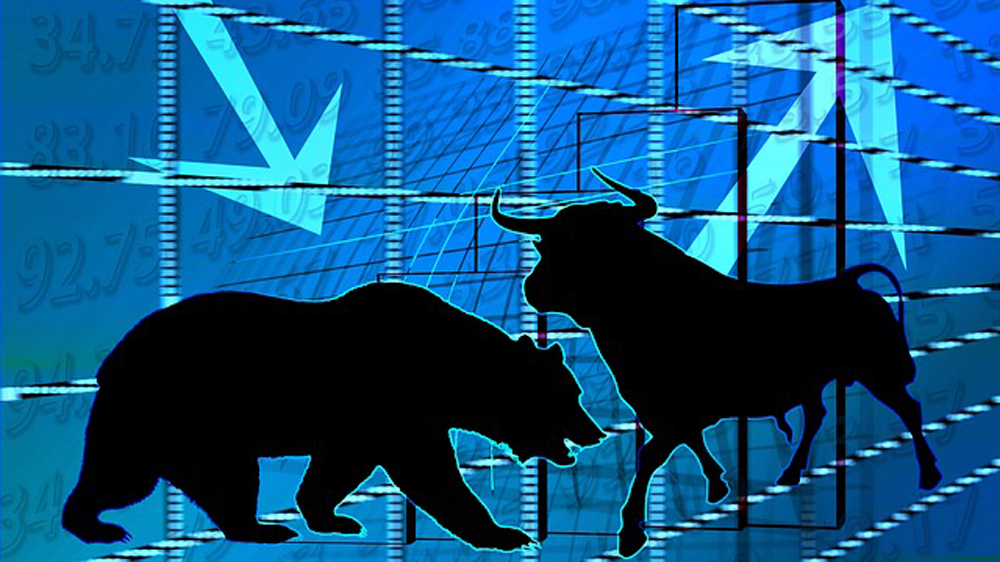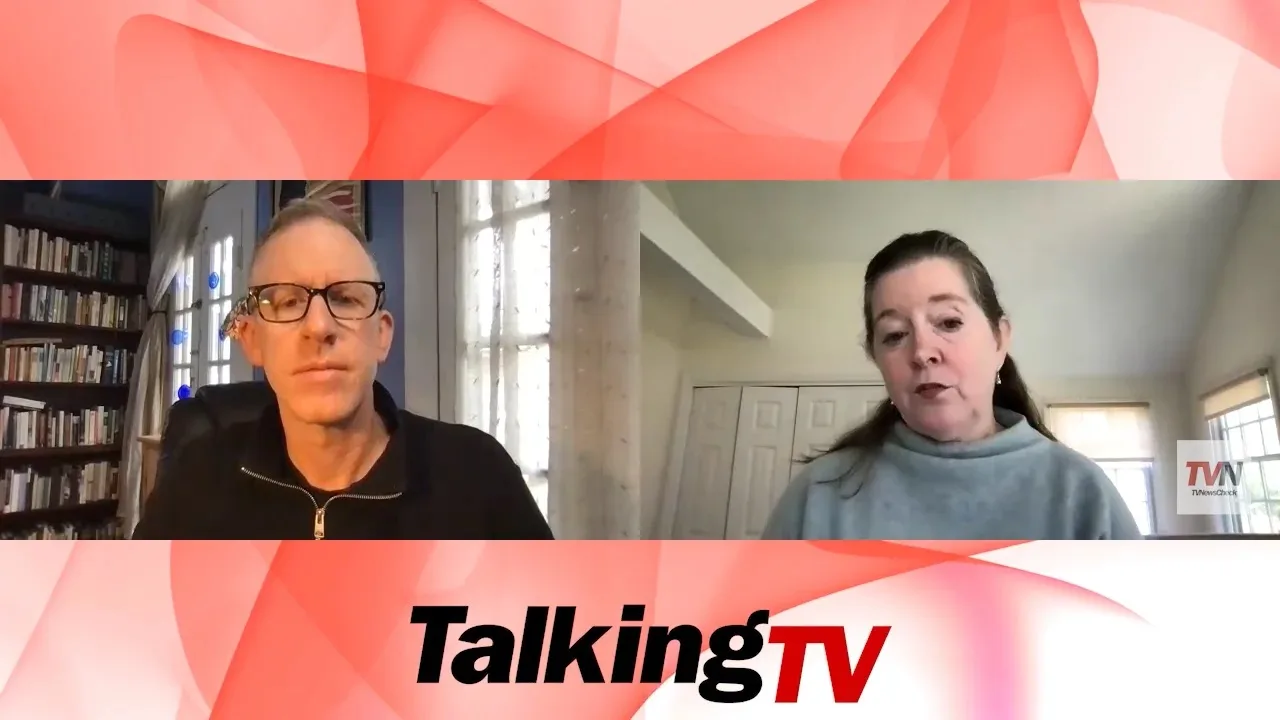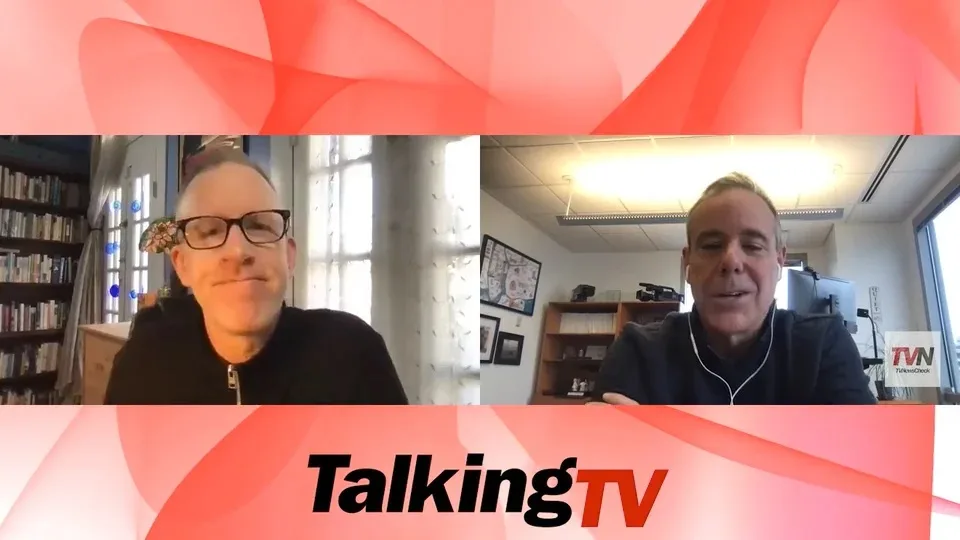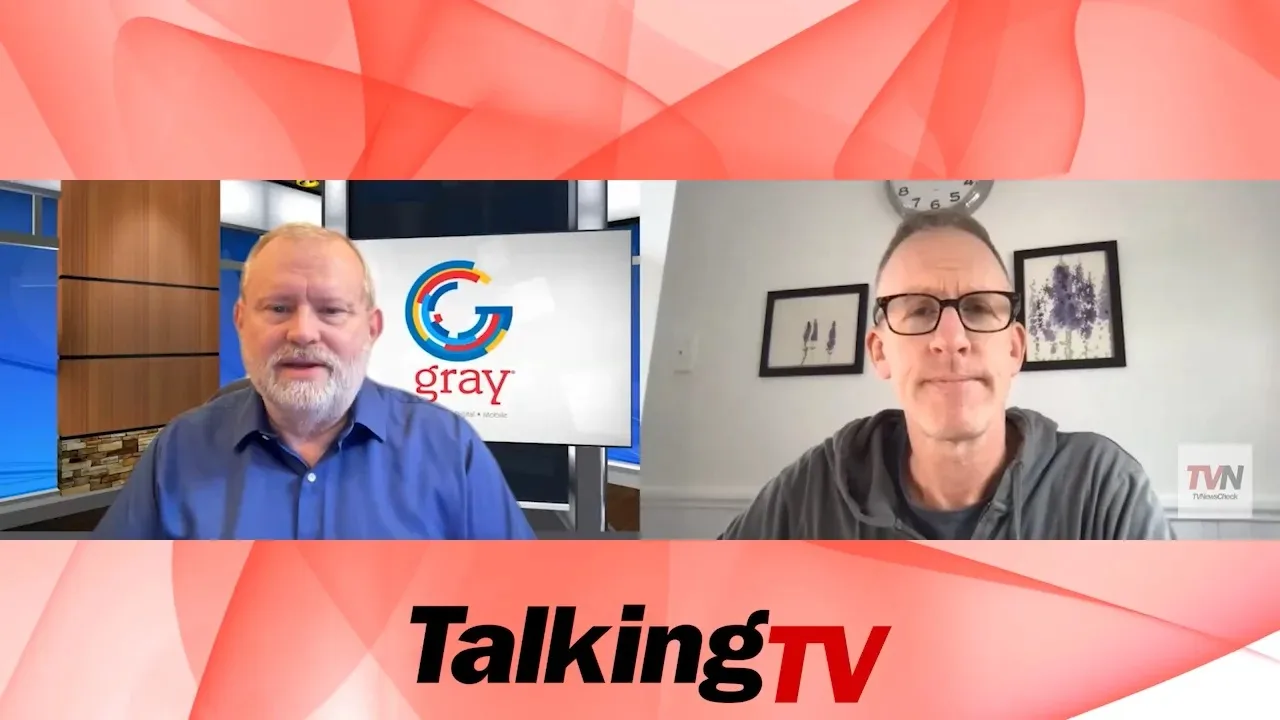
Dow Drops 220, Nasdaq Loses 129, S&P Sinks 35
NEW YORK (AP) — Stocks fell Thursday to break one of Wall Street’s longest winning streaks in two decades after the pressure cranked higher from the bond market.
The S&P 500 sank 35.43 points, or 0.8%, to 4,347.35. The Dow Jones Industrial Average dropped 220.33, or 0.6%, to 33,891.94, and the Nasdaq composite lost 128.97, or 0.9%, to 13,521.45.
Stocks had been higher earlier in the day, and the S&P 500 was on track for a ninth straight gain, which would have been its longest winning streak in 19 years. But the stock market quickly sagged under the weight of rising yields in the bond market.
Treasury yields rose in the morning after a report suggested the U.S. job market remains remarkably solid. They climbed further when the U.S. government announced the results of a sale of $24 billion in Treasury bonds. And then they spurted higher after Federal Reserve Chair Jerome Powell said the Fed “will not hesitate” to raise interest rates further if it feels high inflation is not fully under control.
The 10-year Treasury yield, which is the centerpiece of the bond market, rose to 4.63% from 4.50% late Wednesday.
High rates and yields have been the main driver for the stock market for months because they hurt prices for investments, slow the economy and raise the pressure on the financial system.
A swift rise in the 10-year yield that began in the summer earlier knocked the S&P 500 down by 10% from its peak for the year. The yield briefly topped 5% to reach its highest level since 2007, as it caught up with the Federal Reserve’s main interest rate, which is above 5.25% and at its highest level since 2001.
Last week, though, investors took comments from the Fed’s Powell to indicate is hikes to interest rates may be done. He said the summer’s jumps in Treasury yields could substitute for further hikes to rates if they remain persistent. That triggered a sharp easing in Treasury yields, which in turn helped stocks to rally.
But Powell reiterated Thursday that no decision has been made yet.
Even though some recent data reports have been encouraging, he made pains to say, “Inflation has given us a few headfakes.” He said the Fed will continue to move carefully, trying not to be “misled by a few good months of data,” while aware of the risks of hiking rates too far and driving the economy into a painful recession.
Powell’s comments cooled some of the enthusiasm that had built on Wall Street as traders moved up their forecasts for when the Federal Reserve could begin cutting rates. Many are betting on rate cuts to begin by summer, according to data from CME Group.
Some economists have already been trimming their forecasts for how deeply the Fed may ultimately cut, saying the central bank will likely keep rates higher than they were before COVID.
At Goldman Sachs, for example, economist David Mericle says the Fed could begin cutting rates during the last three months of 2024. But he sees the Fed cutting its federal funds rate only to a range of 3.50% to 3.75% from its current range of 5.25% to 5.50%.
Earlier, Mericle thought the Fed could bring it down as low as 3% to 3.25%, but he said the U.S. government’s big, persistent deficits and other factors could keep rates higher.
The worries about rates overshadowed some more profit reports from big U.S. companies for the summer that came in better than expected.
The Walt Disney Co. rose 6.9% after saying it added more Disney+ streaming subscribers than Wall Street had forecast, while also increasing its target for annual cost savings.
Tapestry climbed 3% for another one of the bigger gains in the S&P 500 after the maker of high-end shoes and handbags beat Wall Street’s profit forecast
On the opposite end was Becton Dickinson, which sank 9.3%. The maker of medical equipment reported profit for the summer that matched Wall Street’s expectations, but its financial forecasts for its upcoming fiscal year fell short of some analysts’ estimates.
Topgolf Callaway Brands was another weight on the market and sank 16.9% despite beating analysts’ expectations for profit during the summer. It cut its forecasts for full-year revenue and profit, in part because of weakening trends at its Topgolf entertainment venues outside of newly opened ones.
In the oil market, crude prices regained a bit of their big losses from earlier in the week.
A barrel of U.S. crude added 41 cents to settle at $75.74, and Brent crude, the international standard, gained 47 cents to $80.01 per barrel. Both, though, remain roughly 6% lower for the week so far amid worries about supplies outstripping demand.
In stock markets abroad, indexes were mostly higher across Europe and Asia.
AP Business Writers Matt Ott and Elaine Kurtenbach contributed.































Comments (0)